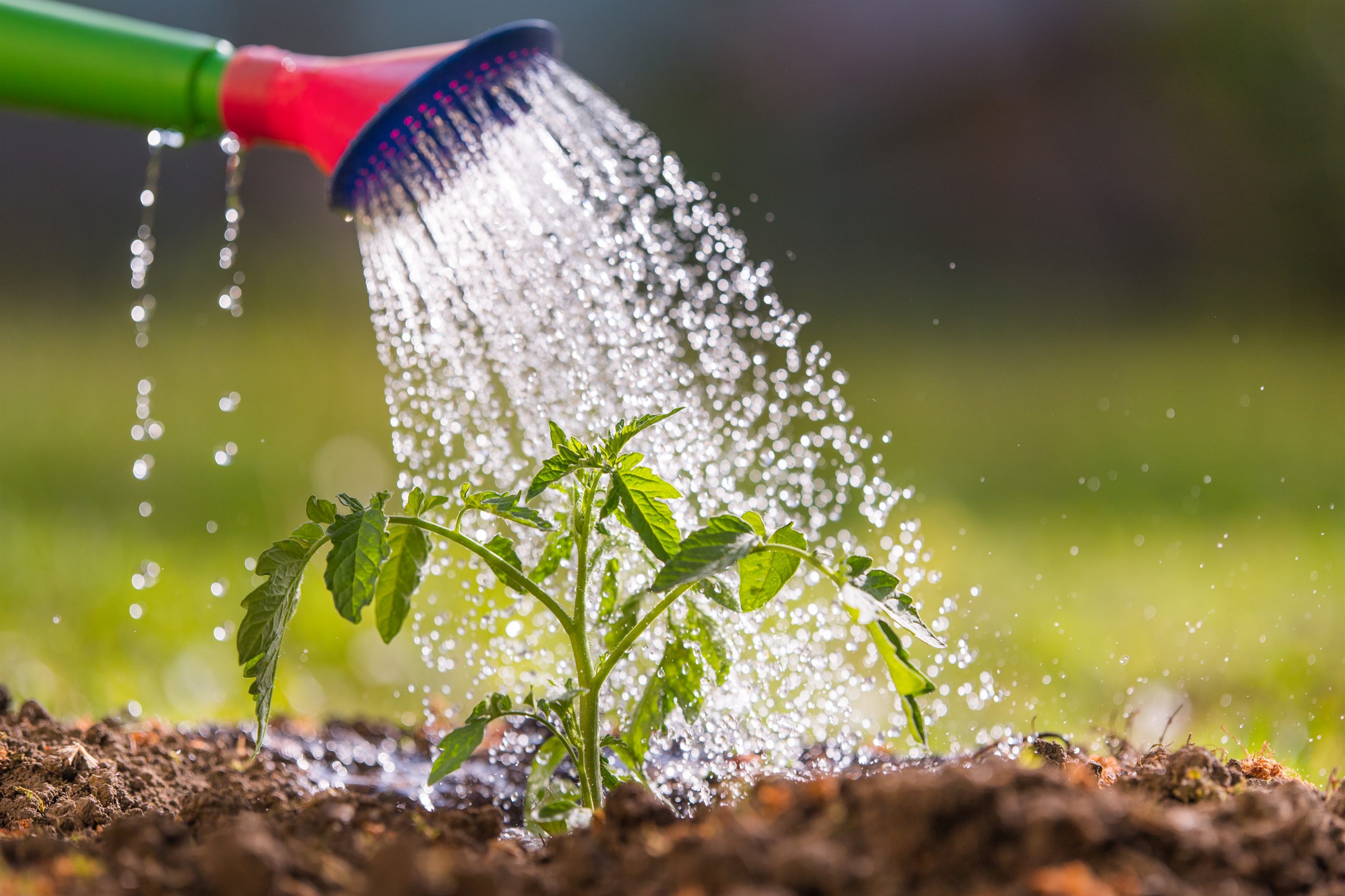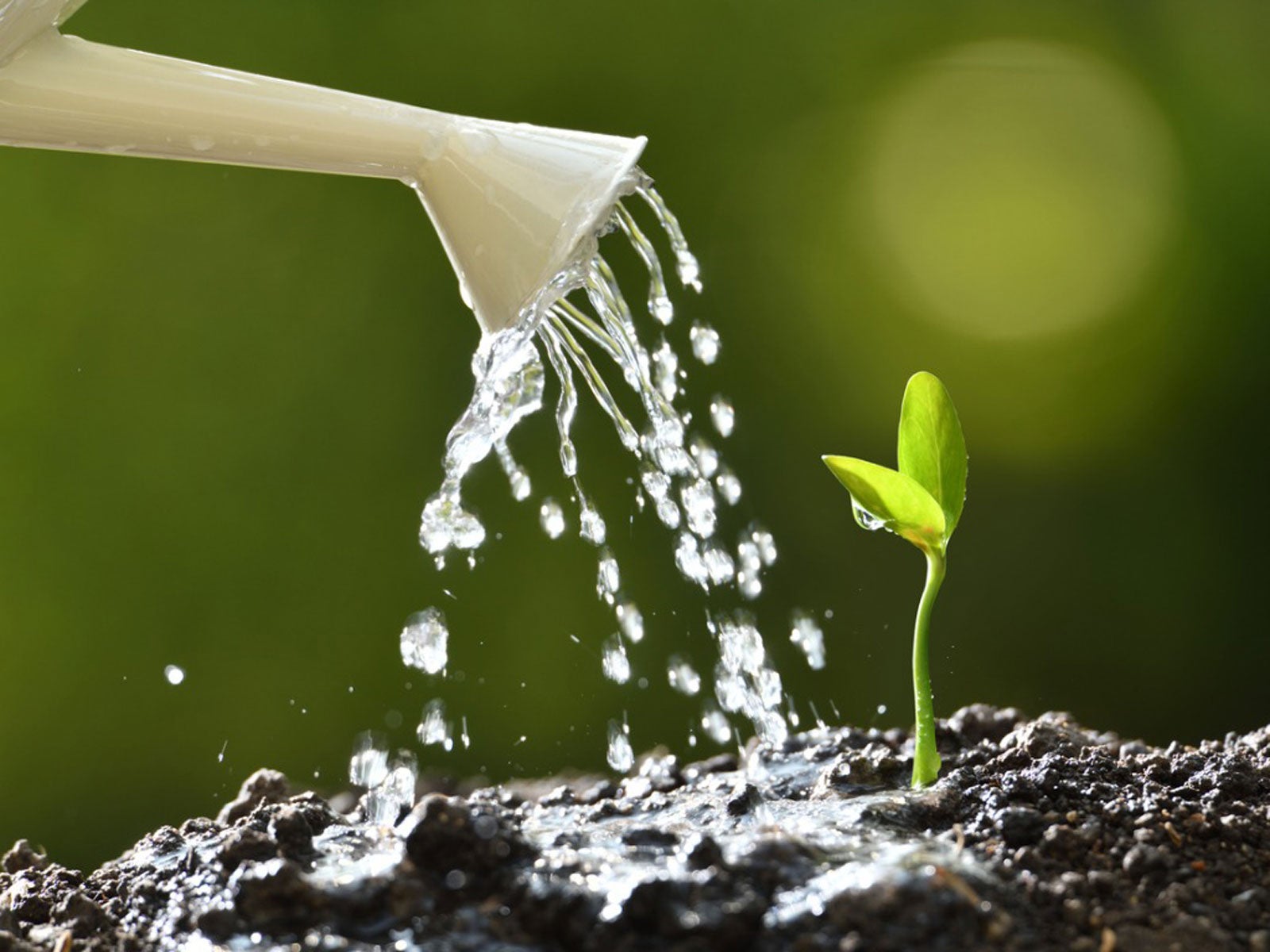In the realm of horticulture, a groundbreaking innovation has emerged: gel for watering plants. This remarkable substance promises to transform the way we nurture our beloved greenery, offering a myriad of benefits and revolutionizing the art of plant hydration.
Gels for watering plants are composed of a unique blend of polymers, water, and nutrients, designed to slowly release moisture and nutrients directly to the plant’s roots. This innovative approach addresses the limitations of traditional watering methods, ensuring optimal hydration and promoting vigorous plant growth.
Gel Formulation for Plant Watering: Gel For Watering Plants

Gels for plant watering are composed of water-absorbing polymers, such as polyacrylamide or sodium polyacrylate. These polymers have the ability to absorb and retain large amounts of water, up to several hundred times their weight. When used for plant watering, these gels are mixed with water to create a gel solution that is then applied to the soil.
The benefits of using gels for plant hydration include:
- Reduced water consumption: Gels can help to reduce water consumption by up to 50%, as they slowly release water to the soil over time, reducing the need for frequent watering.
- Improved water retention: Gels help to improve water retention in the soil, preventing it from drying out too quickly. This is especially beneficial for plants that are sensitive to drought conditions.
- Reduced nutrient leaching: Gels can help to reduce nutrient leaching from the soil, as they absorb and retain nutrients along with water. This can help to improve plant growth and reduce the need for frequent fertilization.
However, there are also some limitations to using gels for plant watering:
- Cost: Gels can be more expensive than traditional watering methods, especially for large-scale applications.
- Potential for overwatering: If gels are not used correctly, they can lead to overwatering, which can damage plants. It is important to follow the manufacturer’s instructions carefully when using gels for plant watering.
- Disposal: Gels are not biodegradable, so they must be disposed of properly. This can be a challenge, especially for large-scale applications.
Step-by-Step Guide to Creating a Gel Solution for Watering Plants
To create a gel solution for watering plants, you will need the following materials:
- Water-absorbing polymer
- Water
- Mixing container
- Measuring cup
Instructions:
- Measure the desired amount of water-absorbing polymer into the mixing container.
- Gradually add water to the polymer, while stirring constantly. The amount of water needed will vary depending on the type of polymer used. Refer to the manufacturer’s instructions for specific ratios.
- Continue stirring until the polymer has completely absorbed the water and formed a gel.
- Apply the gel solution to the soil around the plants, being careful not to overwater.
Plant Compatibility and Gel Application

Gel watering is a convenient and efficient method of providing hydration to plants, offering several benefits over traditional watering techniques. However, not all plants are equally suited for gel watering, and the application method can vary depending on the plant’s specific needs.
Types of Plants Suitable for Gel Watering, Gel for watering plants
Plants that thrive in well-drained soil and prefer consistent moisture levels are generally good candidates for gel watering. These include:
- Succulents (e.g., Aloe vera, Echeveria)
- Cacti (e.g., Saguaro, Prickly pear)
- Epiphytes (e.g., Orchids, Bromeliads)
- Tropical plants (e.g., Monstera, Philodendron)
- Ferns (e.g., Boston fern, Maidenhair fern)
Methods of Applying Gel to Plants
There are two primary methods of applying gel to plants:
- Root soaking: This involves submerging the plant’s roots in a gel solution for a period of time, typically 10-15 minutes. This method is ideal for plants that are not actively growing or are experiencing drought stress.
- Soil amendment: Gel can be mixed into the soil when potting or transplanting plants. This provides a slow-release source of moisture and nutrients, promoting healthy root development.
Frequency and Duration of Gel Watering
The frequency and duration of gel watering depend on several factors, including the type of plant, the size of the plant, and the environmental conditions. As a general guideline:
- Root soaking: For root soaking, the frequency should be adjusted based on the plant’s needs and the gel’s concentration. For most plants, root soaking every 2-4 weeks is sufficient.
- Soil amendment: When mixed into the soil, gel typically provides moisture for 2-3 weeks. The frequency of application can be adjusted based on the plant’s growth rate and the ambient humidity.
Comparative Analysis of Gel Watering
Gel watering, an innovative hydration method for plants, offers several advantages and disadvantages compared to traditional watering practices. Understanding these differences is crucial for gardeners seeking optimal plant growth and resource management.
Effectiveness of Gel Watering
Gel watering proves highly effective in moisture retention and nutrient delivery. The gel’s ability to absorb and release water gradually ensures consistent hydration, reducing the frequency of watering. Additionally, the gel’s structure allows for targeted nutrient delivery, optimizing plant growth and health.
Environmental and Economic Implications
Gel watering offers significant environmental and economic benefits. By reducing water consumption, it alleviates strain on water resources, especially in drought-prone areas. Furthermore, the controlled release of nutrients minimizes fertilizer runoff, preventing water pollution and promoting sustainable gardening practices.
Advantages and Disadvantages of Gel Watering
| Advantages | Disadvantages |
|---|---|
| Reduced water consumption | Initial cost of gel purchase |
| Consistent moisture retention | Potential for anaerobic conditions in waterlogged soils |
| Targeted nutrient delivery | May not be suitable for all plant species |
| Reduced fertilizer runoff | Monitoring required to prevent overwatering |
| Labor-saving |